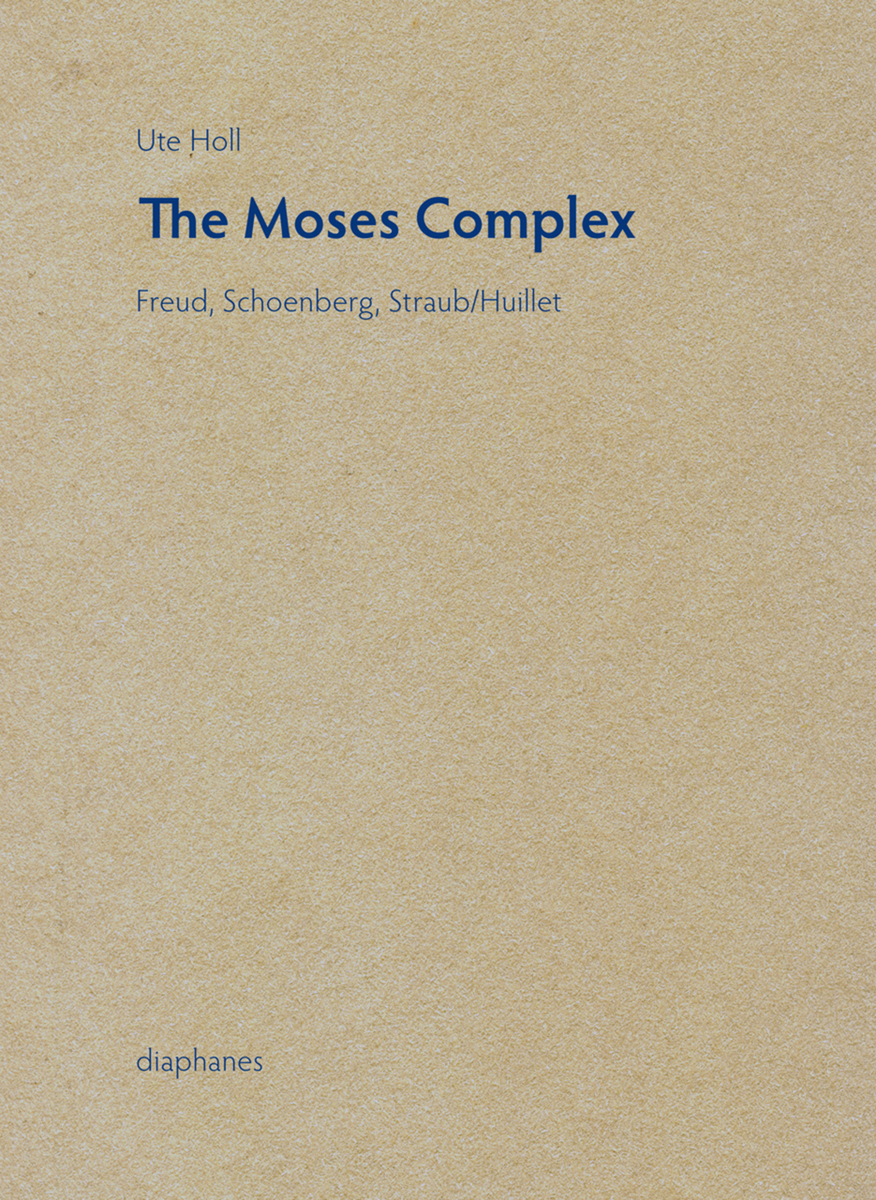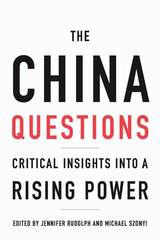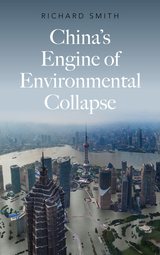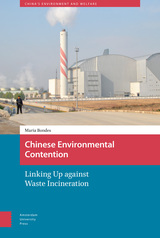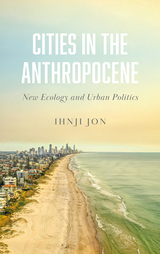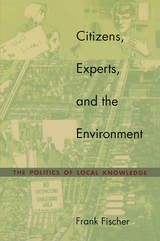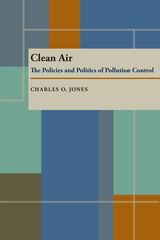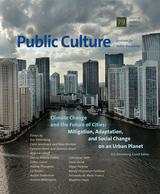The Moses Complex: Freud, Schoenberg, Straub/Huillet
Diaphanes, 2016
eISBN: 978-3-03734-624-2 | Cloth: 978-3-03734-623-5
eISBN: 978-3-03734-624-2 | Cloth: 978-3-03734-623-5
ABOUT THIS BOOK | AUTHOR BIOGRAPHY | REVIEWS | TOC
ABOUT THIS BOOK
Moses has long been a source of modern fascination. For Sigmund Freud and psychoanalysis, Moses was a particularly fruitful subject for the study of memory and historiography. He also held great interest for the visual and performing arts. In the 1920s and ’30s, the composer Arnold Schoenberg wrote the three-act opera Moses and Aron. First performed just a few years before his exile to the United States, it required that its audiences distinguish voices from forceful background noise, just as Moses had to confront the burning bush before he could hear the voice of God. In 1974, filmmakers Jean-Marie Straub and Danièle Huillet created an avant-garde cinematic adaptation of Schoenberg’s opera that continued the composer’s examination of the established hierarchies of seeing and hearing.
In The Moses Complex, Ute Holl analyzes these major works in detail and deep historical context, synthesizing the complex models of resistance to explore the relationships among media, migration, and politics. Since Moses descended from Sinai with the tablets inscribed with the Ten Commandments, new media and new laws have often emerged simultaneously. Liberation, in particular, has been negotiated through many different cultural media, with psychoanalysis, music, and cinema all describing exodus and exile as a process of force. Offering a dynamic and comprehensive political and cultural theory of migration and violence, The Moses Complex speaks equally well to psychoanalytic, musical, and cinematic thinking as it does to our tendency toward violence in the treatment of migrants today.
In The Moses Complex, Ute Holl analyzes these major works in detail and deep historical context, synthesizing the complex models of resistance to explore the relationships among media, migration, and politics. Since Moses descended from Sinai with the tablets inscribed with the Ten Commandments, new media and new laws have often emerged simultaneously. Liberation, in particular, has been negotiated through many different cultural media, with psychoanalysis, music, and cinema all describing exodus and exile as a process of force. Offering a dynamic and comprehensive political and cultural theory of migration and violence, The Moses Complex speaks equally well to psychoanalytic, musical, and cinematic thinking as it does to our tendency toward violence in the treatment of migrants today.
